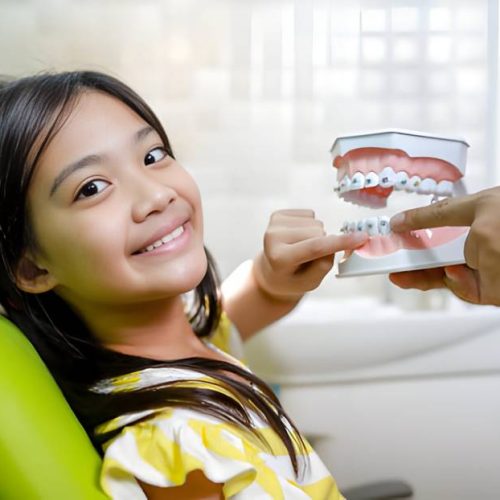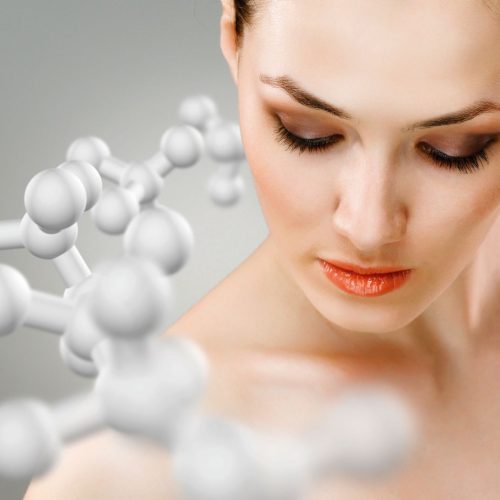
A lot of “acne-fighting” routines go too hard, too fast—leaving you with a fragile skin barrier and a breakout that just moved somewhere else on your face. The fix isn’t more firepower; it’s smarter substitutions. These seven product swaps calm inflammation, unclog gently, and keep your barrier intact so your skin can actually heal.
1) Harsh foaming wash → pH-balanced gel cleanser
Why swap: Strong sulfates and high-pH cleansers strip lipids, spike irritation, and can increase oil rebound.
What to use instead: A pH-balanced, low-foam gel with mild surfactants (e.g., coco-betaine) that lifts sweat and sunscreen without squeak.
How to use: 30–45 seconds, fingertips only, lukewarm water. Double cleanse at night if you wear makeup or mineral SPF (balm/oil → gel), but keep mornings to a gentle rinse if you’re dry.
2) Physical scrub → leave-on chemical exfoliant (2–3x/week)
Why swap: Scrubs create micro-tears and can spread inflammation.
What to use instead: A leave-on BHA (salicylic acid 0.5–2%) to clear pores, or a PHA/lactic acid if you’re sting-prone.
How to use: Apply after cleansing at night, 2–3 times weekly. Skip on retinoid nights to avoid stacking irritation. Follow with a bland moisturizer.
3) “Alcohol-zingy” toner → barrier-support mist/serum
Why swap: High alcohol content dehydrates the stratum corneum, making acne look angrier.
What to use instead: A hydrating toner/essence with glycerin, panthenol, and/or centella; or a serum with niacinamide (2–5%) for oil balance and redness reduction.
How to use: Press onto damp skin post-cleanse. This humidity layer helps retinoids and BHAs play nicer with your barrier.
4) Fragrant, heavy moisturizer → non-comedogenic gel-cream
Why swap: Occlusive, perfumed creams can trap heat and irritants, leading to closed comedones.
What to use instead: A light gel-cream with ceramides, squalane, and hyaluronic acid. If you’re combo/oily, consider a gel in the AM and a slightly richer cream at night.
How to use: Apply while skin is slightly damp. If using actives, sandwich them between thin layers of moisturizer (“moisture buffer”) to reduce sting.
5) Blanket antibacterial spot stick → sulfur or azelaic acid
Why swap: Constant antibacterial sticks can over-dry and disrupt the microbiome.
What to use instead:
- Sulfur (3–10%) for inflamed papules/pustules—reduces redness without nuking your barrier.
- Azelaic acid (10–15%) for both acne and pigment—gently keratolytic and anti-inflammatory.
How to use: Dab a rice-grain amount on active lesions after moisturizer (yes, after) to buffer and focus the effect.
6) High-strength retinoid nightly → right-strength, right-cadence retinoid
Why swap: Too-strong, too-often retinoids cause flaking and a compromised barrier, which can prolong breakouts.
What to use instead: Start with over-the-counter retinol or retinaldehyde 2–4 nights/week, or a low-strength adapalene used intermittently.
How to use: “Retinoid sandwich”: moisturizer → pea-size retinoid for full face → moisturizer. Increase to one extra night every 2–3 weeks as tolerance builds. Hold on irritation or windburn.
7) Chemical-only SPF you hate → elegant mineral or hybrid sunscreen you’ll actually wear
Why swap: Skipping SPF worsens post-inflammatory marks and slows healing. If your sunscreen feels greasy or breaks you out, you won’t use it.
What to use instead: A sheer zinc/titanium formula (or hybrid with modern filters) labeled non-comedogenic and fragrance-free. Tinted mineral options can visibly even tone and help prevent hyperpigmentation.
How to use: Two finger lengths for face/neck daily, reapply if outdoors. Layer under makeup or use a mineral powder for touch-ups.
A simple acne-safe template (AM/PM)
AM: Gentle gel cleanse → niacinamide or hydrating serum → lightweight gel-cream → SPF 30+ (neck and ears, too).
PM: Gentle cleanse → BHA or PHA (2–3x/week) or retinoid (alternate nights) → gel-cream.
Spot care: Sulfur or azelaic on active lesions; avoid piling multiple spot treatments.
Barrier-first habits that help breakouts resolve faster
- Lower the water temp. Hot water increases transepidermal water loss.
- Hands off. Picking equals pigment and delayed healing
- Wash what touches your face. Pillowcases, hats, phone screens, makeup brushes—weekly at minimum.
- Look at haircare. Heavy oils/silicones along the hairline can fuel forehead and temple breakouts.
- Mind sweat. Rinse or wipe down after workouts; reapply a light moisturizer and SPF if it’s daytime.
When to escalate
If you’re consistent for 8–12 weeks and still seeing frequent nodules, significant scarring risk, or persistent cysts, it’s time to consult a professional. Bring a two-week product log, note your cycle/stress patterns, and snap photos under the same lighting to show trends. A dermatologist can fine-tune strengths, add prescription options, or consider adjuncts like light therapy—all while protecting your barrier.
Shopping smart matters just as much as how you apply. If you’re comparing options and searching for dermatology products near me, use ingredient filters (fragrance-free, non-comedogenic), prioritize texture you’ll wear daily, and build around a tight core: gentle cleanse, targeted leave-on, barrier moisturizer, and daily SPF. With these swaps and steady habits, you’ll reduce breakouts and keep the skin you’re clearing—strong, calm, and resilient.



